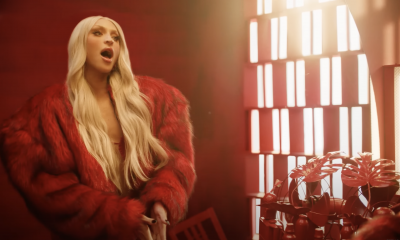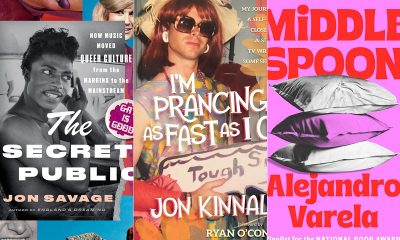Music & Concerts
As Madonna and the Billboard Hot 100 turn 60, challenges ahead for both
Despite record chart stats and decades of hits, her traction has steadily eroded in recent years
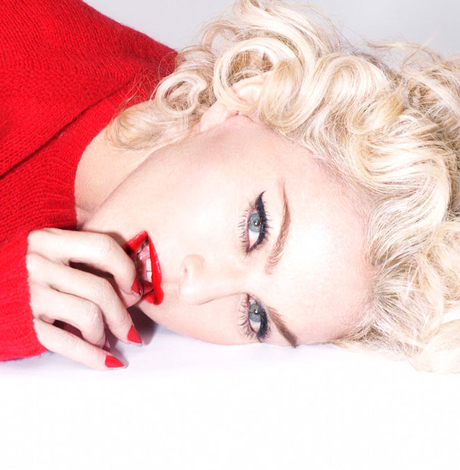
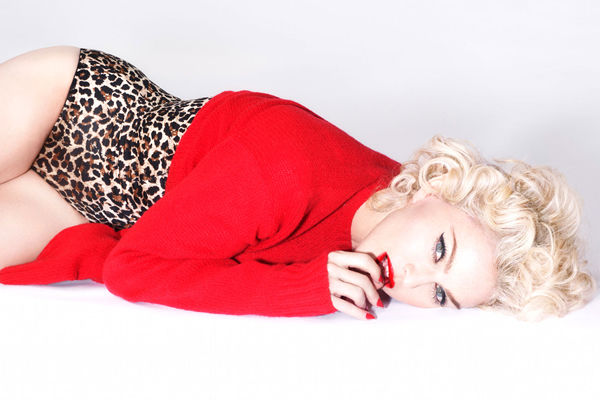
Madonna in her ‘Rebel Heart’ era in 2015. The singer turns 60 next week. (Photo courtesy Live Nation)
Interestingly Madonna and the Billboard Hot 100 chart are both turning 60 this month and the industry Bible has announced she’s the all-time chart queen with 57 entries and 12 no. 1 hits (Mariah Carey and Janet Jackson are in second and third place respectively).
The numbers are impressive — Madonna holds the record for most top 10 hits of all acts with 38 and she’s had 46 no. 1 hits on the Billboard Dance Club Songs chart, more chart toppers than any act has ever accumulated on any Billboard chart.
That’s the good news. The bad news is that despite consistently putting out solid material in the last 10-15 years, her chart dominance has waned considerably with only one of her last seven singles even cracking the Hot 100 (“Bitch I’m Madonna” made it to no. 84 in 2015), an unthinkable track record compared to her ‘80s and ‘90s heyday. Her last U.S. top-10 hit was “Give Me All Your Luvin” in 2012; her last no. 1 was “Music” in 2000.
But how much of it is — as Madonna has claimed — ageism? Do the men (Springsteen, Paul McCartney, U2) with new material fare any better than women (Stevie Nicks, Cher, etc.)? The short answer is not really. The only time McCartney has had hits in the last 30 years were his high-charting collaborations with Kanye West, Rihanna, et. al. (“FourFiveSeconds made it to no. 4 and “All Day” to no. 15, both in 2015.) When’s the last time you heard a new U2 song on the radio?
And are the numbers even relevant, as the Washington Post has suggested, now that Billboard records are constantly being broken as the agency continues shuffling its methodology to factor streaming into the popularity equation?
One particularly eyebrow-raising shattered record happened last year when Nicki Minaj passed Aretha Franklin for most Billboard Hot 100 entries of any female artist, amassing 73 since 2010 alone. She pulled off this astounding feat because she’s such a ubiquitous guest artist (occasionally with Madonna): 32 of her entries are as lead artist; she’s “featured” on the other 44. Just based on number of entries among women, Madonna comes in fifth behind Rihanna, Taylor Swift, Franklin and Minaj. She ranks higher overall based on her actual numbers (i.e. Madonna’s singles haver generally charted higher than Franklin’s, Minaj’s etc. so she has more overall chart heft despite fewer entries).
Fans have been concerned as far back as 2006 when they launched an “End the Madonna on U.S. radio Boycott” aimed at Clear Channel Communications after her “Confessions” singles failed to generate much interest. It hasn’t improved. Madonna herself cried foul in 2015 when Great Britain’s BBC Radio 1 declined to play her then-new single “Living for Love.” And in a 2016 speech in which she was named Woman of the Year at a Billboard Women in Music awards ceremony, she said in the world of music, “To age is a sin. You will be criticized, you will be vilified and you will definitely not be played on the radio.”
That pop music and the Hot 100 has always pretty much been a young person’s game is a fairly accepted music industry truism. Look at any female pop singer going back to the days of Connie Francis (53 Hot 100 entries), Brenda Lee (48) or Dionne Warwick (56) — none of them were having major hits into their 50s and 60s. Despite a major comeback in her 40s, Tina Turner’s chart power slipped as she got older. Even Cher’s 1998 hit “Believe,” often cited as an example of what’s possible for older women artists, was a bit of a fluke. When it hit no. 1 on the Hot 100 in 1999, she was 52 and became the oldest woman to have a no. 1 hit. But that was 20 years ago and only two of the 16 singles she’s released since then have even cracked the Hot 100, the highest (“Strong Enough”) at no. 57. Like Madonna, she’s fared much better on the dance chart.
Pink, 38, told the New York Times last year while promoting her latest release “Beautiful Trauma” she knew her days on the chart were limited (she’s had 23 top 40 hits).
“I had the whole sit-down, you know: ‘Just be prepared — they don’t play girls over 35 on top 40 radio,’” she told the Times. “There are exceptions but they’re songs, not artists — unless you’re Beyonce.”
Thus far Madonna appears fairly undeterred. With “MDNA” in 2012 and “Rebel Heart” in 2015, she’s kept to a fairly regular release schedule. She’s teased new material on social media and appears to still enjoy making new music and live performance. She wowed the crowd in May with an elaborate performance at the Met Gala performing “Like a Prayer” at the “Fashion and the Catholic Imagination” event (right up her alley thematically).
But how long will Madonna feel like going back to the well if this law of diminishing returns continues as it’s likely to? Sure, Madonna does lots of things — she writes, acts (not so much anymore) and directs, but what is she supposed to do when the thing she clearly does best no longer has a place in pop culture? One might argue we don’t expect our sports legends to keep up the pace and records they set in their prime but writing, recording and releasing a hit single doesn’t require one to be at peak physical ability. It could — in theory — happen at any age.
The situation is somewhat exacerbated by Madonna’s own restlessness. Obviously from her comments, the way she constructs her shows, even down to the arrangements of her old hits live, she’d never be happy on a gravy-train nostalgia-fest which Cher, Dionne Warwick, Diana Ross and most veteran acts are perfectly fine with. They paid their dues over many decades — now is their times to phone it in, never break much of a sweat and collect the dough. Madonna would be bored out of her mind with that approach.
Her tours are still massive extravaganzas that sell out all around the world (she’s the top-grossing female touring artist of all time) but she’ll never expand her considerable fan base into younger generations with zero radio support. Outside of touring, there’s nothing comparable in pop music for the way actresses like Jessica Lange, Jodie Foster, Kathleen Turner and Glenn Close (Meryl is, of course, in a league of her own, no pun intended) have managed to keep the creative fires burning with TV, directing and stage work. Younger audiences still have ways to discover them.
It will be interesting to see how Madonna — and the Pinks and Beyonces of the world after her, for their time will surely come as well — tackles this conundrum in the years to come.
Music & Concerts
Washington chorale kicks off Christmas with vibrant program
‘Thine Own Sweet Light’ concerts planned
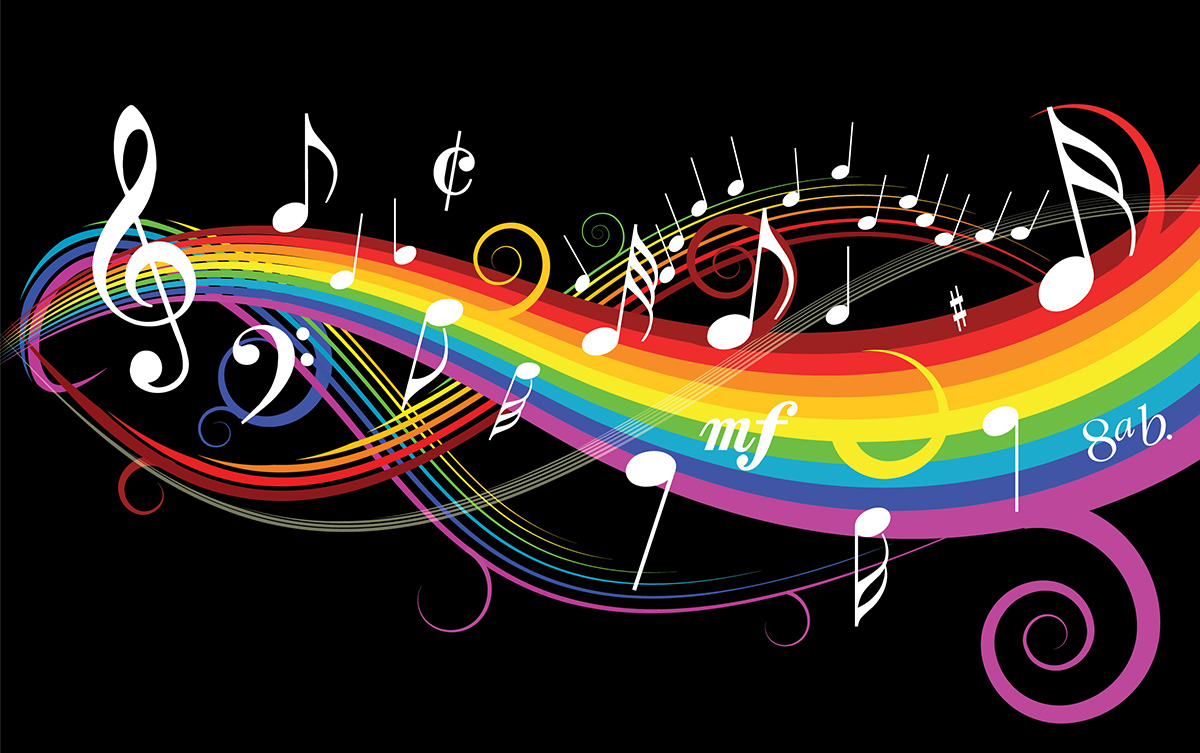
The full Washington Master Chorale will return for its annual holiday concert tradition with “Thine Own Sweet Light” on Friday, Dec. 19 and Sunday, Dec. 21 at St. Ann’s Catholic Church (D.C.) and Church of the Epiphany (D.C.).
The concert will feature the rich sounds of the 50-voice, a cappella chorus performing lush, seasonal choral music inspired by the theme of light. Highlights include Edvard Grieg’s “Ave Maris Stella,” Eric Whitacre’s “Lux Aurumque,” and Christopher Hoh’s “Holy, Holy, Holy is the Lord God of Hosts.” The program will also present a new work by Barcelona composer Josep Ollé i Sabaté, along with charming holiday folk songs and seasonal favorites.
For more details, visit the Washington Master Chorale website.
Music & Concerts
Queer mega stars (and allies) ready to take D.C. stages this fall
Watch LGBTQ icons light up stages across the DMV as they sing, dance, and drag their way through spectacular shows.
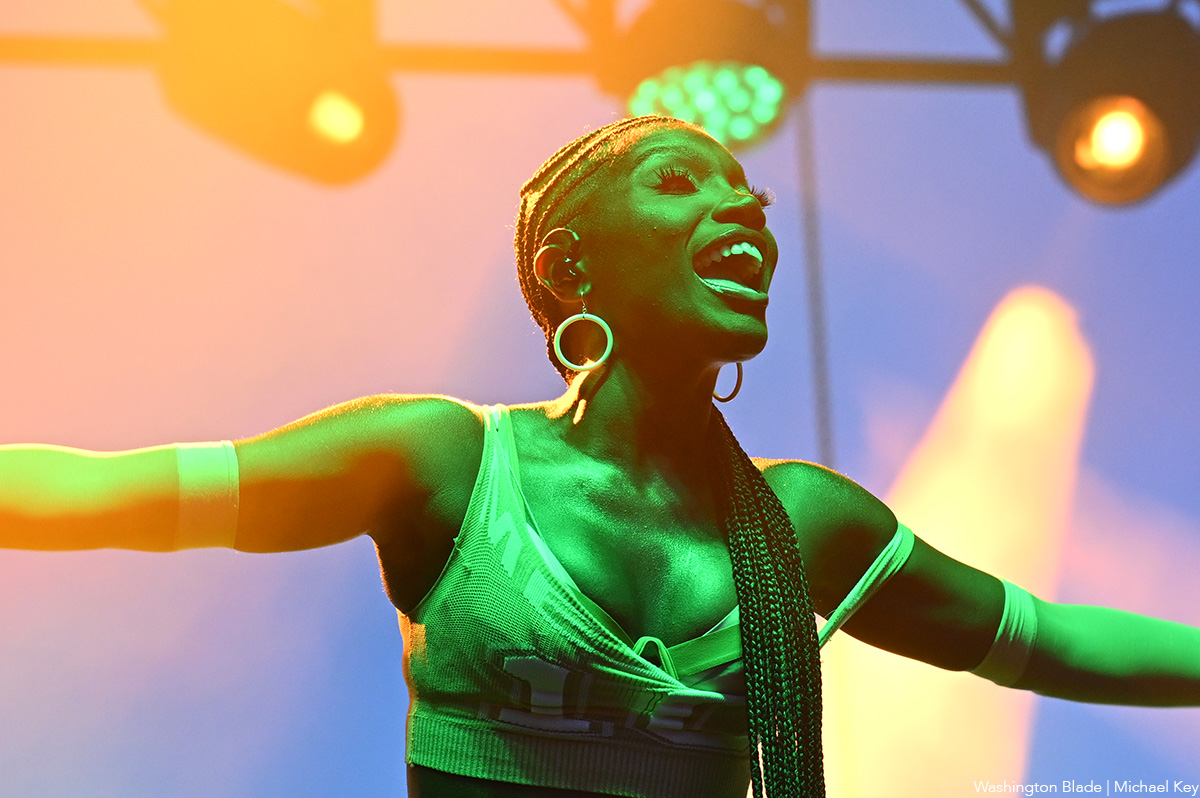
One of the best ways to welcome fall is by catching LGBTQ performers (and their allies) lighting up some of the D.C. area’s biggest stages. From country and pop to drag and rock, the season is packed with shows you won’t want to miss.
Maren Morris – The country, rock, and pop diva—known for hits like “The Bones” and for standing up against Nashville’s anti-LGBTQ voices—takes the stage at Wolf Trap (1551 Trap Rd, Vienna, Va.) on Friday, Sept. 12 at 8 p.m. Tickets start at $64.
RuPaul – The mother of modern drag and host of “RuPaul’s Drag Race” will spin a DJ set at Echostage (2135 Queens Chapel Rd NE) in Northeast D.C. on Sept. 20. Before RuPaul swaps wigs for headphones, Trade and Number 9 owner Ed Bailey will warm up the decks. For tickets and details visit echostage.com.
Conan Gray – The queer pop prince, celebrated for his Gen Z anthems like “Heather” and “Maniac,” brings his Wishbone Pajama Show to EagleBank Arena in Fairfax, VA, (4500 Patriot Cir) on Sept. 20 at 8 p.m. Tickets start at $113. For more info visit shop.conangray.com/pages/tour.
All Things Go Music Festival – With a lineup that includes Noah Kahan, Lucy Dacus, Kesha, Clairo, Doechii, and more, the beloved LGBTQ-friendly festival takes over Merriweather Post Pavilion (10475 Little Patuxent Pkwy, Columbia, Md.) Sept. 26–28. For tickets and details visit allthingsgofestival.com.
BERTHA: Grateful Drag – This unique tribute brings drag artistry and the sounds of the Grateful Dead to The Atlantis (2047 9th St NW) on Sept. 27. Tickets start at $47 at theatlantis.com.
Peach PRC – Rising Australian pop star and out lesbian, whose confessional tracks like “Perfect for You” and “Forever Drunk” have made her a queer TikTok darling, performs at The Atlantis on Sept. 29 at 6:30 p.m. The show is general admission only. Additional details are on theatlantis.com.
Addison Rae – The TikTok star-turned-pop princess, who’s crossed over into music with glossy hits like “Diet Pepsi” brings her sold out show to The Anthem (901 Wharf St., S.W.) on Sept. 30. Tickets are sold out, but resale options start around $80. For more info visit theanthemdc.com.
The Rocky Horror Picture Show 50th Anniversary – Celebrate the cult classic that’s been a queer midnight-movie staple for decades, with Barry Bostwick (a.k.a. Brad Majors) at the Warner Theatre (513 13th St., N.W.) on Oct. 2 at 8 p.m. Tickets start at $41 via Ticketmaster.
Chaka Khan, Patti LaBelle, Gladys Knight & Stephanie Mills – Four legends, one stage. Between Khan’s funk, LaBelle’s soul, Knight’s R&B, and Mills’ powerhouse vocals, this concert at Capital One Arena (601 F St NW) on Oct. 3 at 8 p.m. promises pure diva magic. Tickets start at $103. For more details visit capitalonearena.com.
Lorde – Joined by The Japanese House and Chanel Beads, the Grammy-winning New Zealand singer-songwriter behind “Royals” and “Solar Power” returns to The Anthem on Oct. 4 at 7 p.m. Lorde has long been embraced by queer fans for her dreamy pop and subversive lyrics. For more info visit theanthemdc.com.
Andy Bell (of Erasure) – The British queer rock icon, best known for synth-pop classics like “A Little Respect” and “Chains of Love,” brings his Ten Crowns Tour to the Lincoln Theatre (1215 U St., N.W.) on Friday, Oct. 17 at 8 p.m. Tickets are $90.45.
Doechii – The self-described queer “Swamp Princess”—and WorldPride 2025 headliner—continues her breakout year with the Live from the Swamp Tour at The Anthem on Oct. 21 at 8 p.m. Known for blending rap, R&B, and avant-garde performance art, Doechii is one to watch. Tickets start at $153.
Neon Trees – The out-and-proud Utah rockers behind “Everybody Talks” and “Animal” perform at the Lincoln Theatre on Friday, Oct. 24 at 8 p.m. Lead singer Tyler Glenn, who came out publicly in 2014, has become a strong queer voice in alternative rock. For tickets and info visit impconcerts.com.
Sasha Colby – The “RuPaul’s Drag Race” Season 15 winner strips down on the Stripped II Tour at the Warner Theatre on Nov. 2 at 8 p.m. Tickets available now on Ticketmaster.
Lola Young – The bisexual indie-pop sensation, whose raw songwriting has earned her millions of TikTok fans and multiple chart soaring hits visits The Anthem on Nov. 9 at 8 p.m. Tickets are still available.
Opera Lafayette
Featuring Mary Elizabeth Williams as Dido
+ Elijah McCormack, Chelsea Helm
Oct. 16, 7:30 p.m.
Sixth & I
PostClassical Ensemble
The Pale Blue Do: A Musical Voyage Inspired By Nature
Featuring National Geographic’s Enric Sala, Guest Curator
Wednesday, November 19, 7:30 p.m.
Terrace Theater
Washington Concert Opera
Starring Kate Lindsey, Theo Hoffman, John Moore, and Fran Daniel Laucerica
Nov. 23, 6 p.m.
Lisner Auditorium
Washington Master Chorale
An intimate a capella concert taking place in an architectural jewel, featuring cherished choral gems from Anglican and Catholic tradition and early American hymns. The concert will also present the world premiere of Christopher Hoh’s Holy, Holy, Holy is the Lord God of Hosts, and hymn singing featuring Robert Church, organist and choirmaster at St David’s.
Oct. 18, 7:30 p.m.
October 19, 5 p.m.
St. David’s Episcopal Church
Music & Concerts
Cyndi Lauper ready to have fun in Virginia
Superstar to bring final leg of farewell tour to Jiffy Lube Live
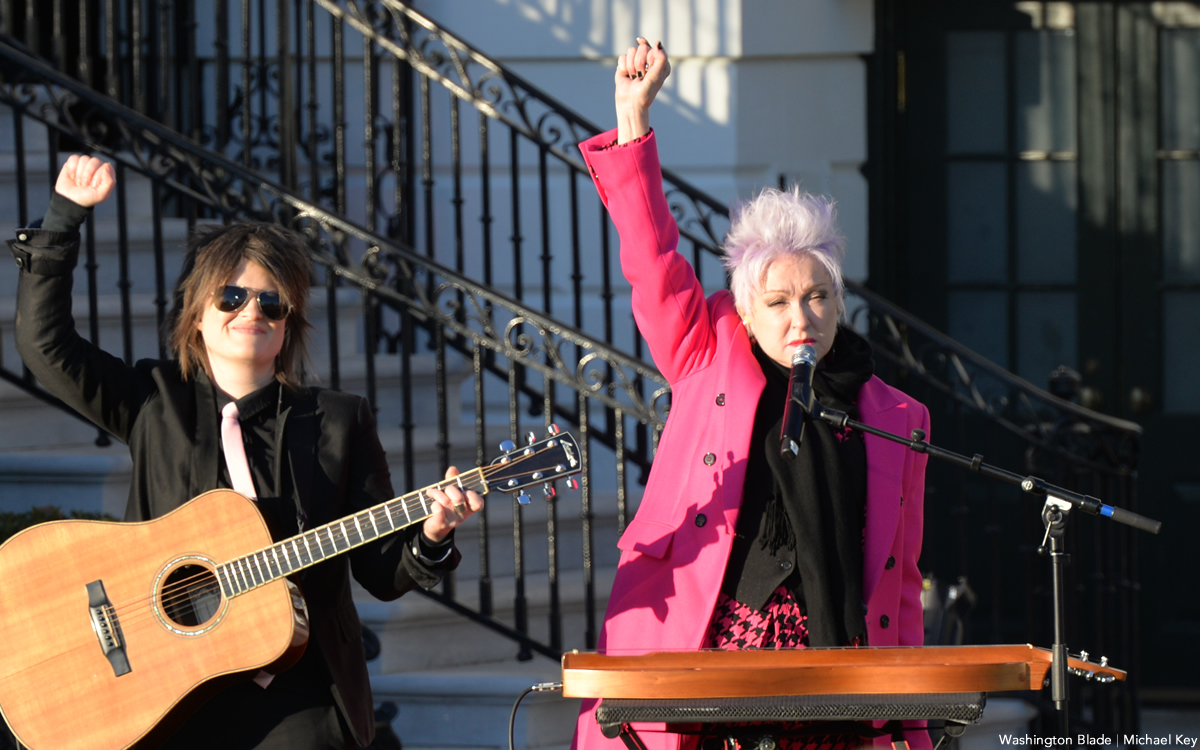
Superstar Cyndi Lauper will bring the final leg of her farewell tour “Girls Just Wanna Have Fun” to Bristow, Va., on Thursday, July 24 at Jiffy Lube Live.
Lauper’s international Farewell Tour – her first major headlining run in a decade – kicked off in North America last October, and included her first time ever headlining (and selling out) Madison Square Garden. Lauper’s performances have earned raves from the New York Times, Rolling Stone, Billboard, and many more, and surprise guests have included Chaka Khan, Sam Smith, and Hayley Williams. The tour just visited the U.K. and Europe, and will head to Australia and Japan in April.
Tickets are available on Live Nation’s website.



